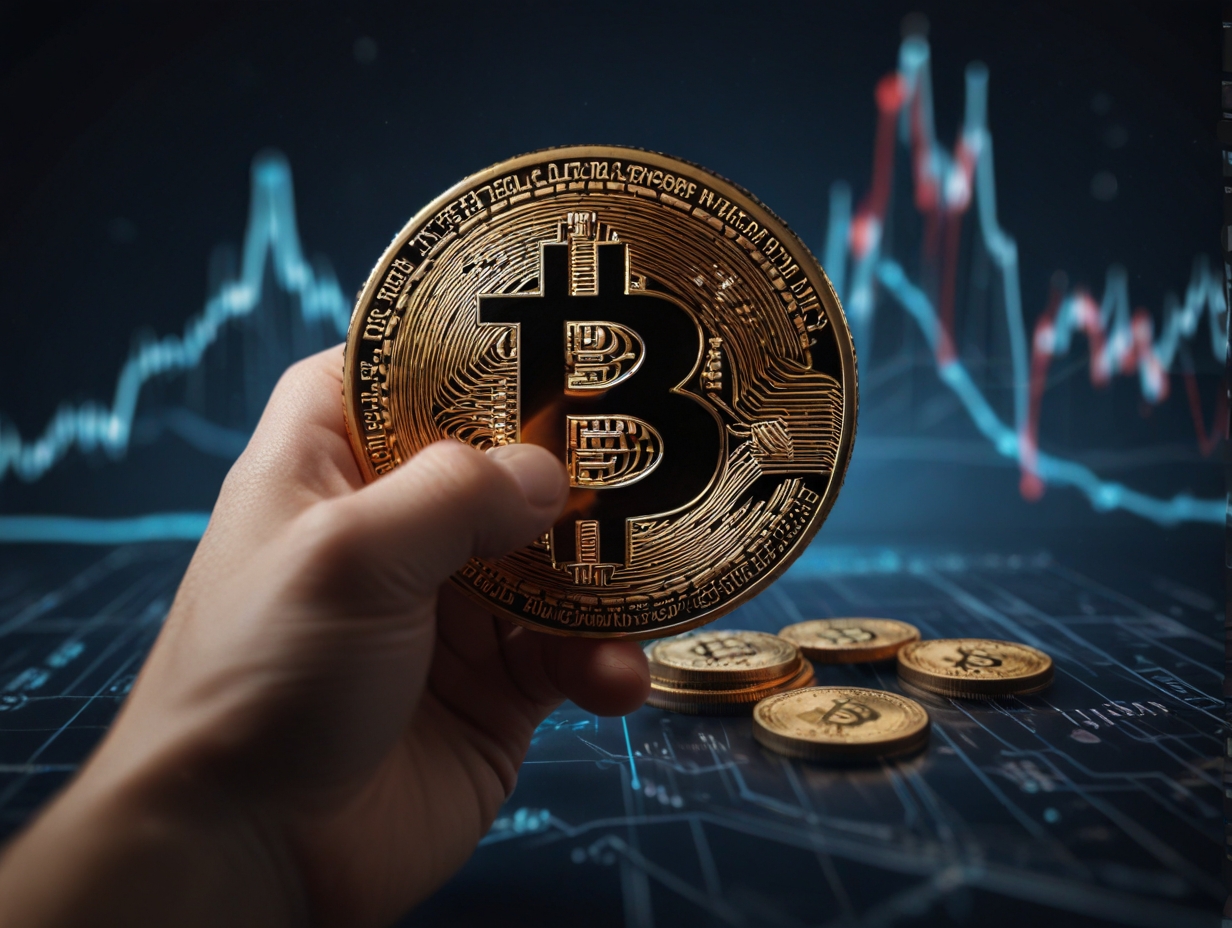The US Government has portrayed a level of injustice to so many in the economic society following the crash of several big banks. According to sources, the Federal Deposit Insurance Corporation (FDIC) has released an unredacted document revealing that the US government guaranteed the accounts of Silicon Valley Bank’s (SVB) top ten clients following its highly publicized failure in March. This should not come as a surprise – investors should have seen this coming and known better: The rich get richer, and the poor just sink further deep.
US Government definitely favors the rich
American Catholic priest, sociologist, theologian, and author of racy bestselling novels such as The Cardinal Sins, Father Andrew Greeley, once said, “It should be no surprise that when rich men take control of the government, they pass laws that are favorable to themselves. The surprise is that those who are not rich vote for such people, even though they should know from bitter experience that the rich will continue to rip off the rest of us.”
Americans are living the proof of that right through this day. The year 2023 may go down in history as the year America lost faith in its banks. The US government and its banking system has left more questions than answers. This has led to mistrust and many giving up on the industry entirely.
Several high-profile regional banks went bankrupt in the spring of 2023, including Silicon Valley Bank (SVB), Signature Bank, and First Republic Bank. These banks were not limited to a single geographic location, and their failures were not due to a single cause.
The news roiled the financial markets, shook the banking industry, and unnerved the general population. Fears grew that financial contagion was in the works, which occurs when a crisis in one sector spreads to other parts of an economy, country, or region—with fatal results. So what did the US government do? They bailed out the wealthy. Here sits the transactions in detail.
FDIC detailed bailout report
Following a Freedom of Information Act request from Bloomberg, the FDIC “mistakenly” disclosed the full version of the document. The document discloses the names of the firms that were bailed out, as well as the total deposits that greatly exceed the $250,000 FDIC limit per account.
Stablecoin issuer Circle was the largest depositor at SVB, contributing $3,3 billion. In March, the Boston-based company reported that $3.3 billion of the $40 billion supporting its stablecoin USD Coin (USDC) was initially trapped in a bankrupt institution.
Who got what?
1. Sequoia – The $1 billion that Sequoia, a renowned firm that has backed companies such as Apple, Google, and WhatsApp, had at SVB represented a small portion of its $85 billion in assets under management. Michael Moritz, a partner at the firm, wrote in the Financial Times that, in addition to maintaining its own accounts with the lender, the firm advised every startup it funded to do the same.
2. Kanzhun – According to the document, Kanzhun had $902.9 million in deposits with SVB. Before going public on the Nasdaq in 2021, the company was significantly backed by Chinese behemoth Tencent, making it one of the largest Chinese companies to go public in the United States that year.
3. Altos Labs Inc. – a cell regeneration-focused life sciences firm, deposited $680,3 million with the bank. The privately held company has raised $3.27 billion from investors including billionaires Jeff Bezos and Yuri Milner, as well as Mubadala Investment Company and other investors.
4. Marqeta Inc. – The document shows that the payments startup had $634.5 million in the bank. The company acknowledged in a statement that it had “significant deposits” at SVB but was in the process of transferring funds to other banks.
5. IntraFi Network, which provides deposit services to financial institutions, had $410.9 million worth of deposits at the bank, according to the document.
6. Circle Internet Financial Ltd. disclosed its SVB deposits, which at the time represented 8.2% of the reserves supporting its USD Coin previously. According to the document, SVB’s largest depositor had a balance of $3.3 billion.
7. Roku Inc., a manufacturer of streaming set-top boxes, previously disclosed that approximately 26% of its cash and cash equivalents were held at the bank. The document indicated a $420 million balance.
8. Bill.com previously disclosed it had approximately $670 million in the bank. The company stated that the sum included approximately $300 million of its own funds and $370 million belonging to customers. According to the FDIC document, Bill.com’s total balance was $761,1 million.
Is it over? Or is the US government banking sector set for a Great Depression repeat?
The banking problems of the US government are far from over. According to Morgan Stanley analysts, American banks could lose nearly $500 billion as a result of the US Treasury’s upcoming plan to issue a new series of Treasury bills.
According to CNBC, Morgan Stanley forecasts a total of $1.364 trillion in net T-bill issuance for the remainder of this year, of which $1 trillion will be issued within the next four months. The bank warns that this new surge of U.S. bonds may place significant strain on banks that cannot match the us government’s yields.





